
Done by :Haidar Aoofey
1
----------
-------------
Rule 1: patient number One: always place of interest of
patient is:
a) Choose the patient ,comfort &safety over any one
b) The goal is to serve patient not to worry
About legal protection for physics
Rule 2: always respond to patient:
a) Answer any question that asked
b) Respond to emotion &the factual contact
Rule 3: tell the patient every thing :
a) Don't force the patient hard bad news if he doesn't wantit
that moment ,but do to try to discuss with him so only
b) Information should follow through the patient family
c) If you have only partial information ,say it partial tell what
you know

Done by :Haidar Aoofey
2
Rule 4:work on long term relationship not only short
term relationship :
1. Make eye contact
2. Define touch: tell him what are you doing
3. Talk to patient not collagenous ,patient always the focus
4. Arrange seating for comfortable
5. Shy away from the large desk
6. Both patient &physician should be sitting at any position
Rule 5:listening is the best than talk:
1. Getting the patient to talk is generally better than the
physician talk
2. Take time to listen top patient before you even other patient
is waiting
Rule 6: negote ate rather than order
1. Treatment the choice is the result of agreement
2. Remember the patient makes the decision from choices
provided by physician
Rule 7:trust must be built not assumed
1. Not assume that patient on trust you
2. infriendly open manner

Done by :Haidar Aoofey
3
Rule 8:admit to the patient when you make mistake :
1. Take responsibility don't blame staff
2. Admit the mistake even it was corrected
Rule 9:never pass of your patient to someone else:
1. Refer to psychiatric or other physician or other specialist
when beyond your experience
2. Refer to ophthalmology or other subspecialist
3. Provide instruction
Rule 10:express empathy then give control
1. I am sorry what you would like to do?
2. Important when face angry or upset family
Rule 11: agree on problem before moving to solution:
1. Tell the patient your perception &conclusion about the
condition before moving to treatment recommendation
2. Informed consent require the patient to full understand
3. Offering the correct treatment before patient understand it
Rule 12:be sure you understand what it patient talking
about before interviewing :
1. Seek information before acting

Done by :Haidar Aoofey
4
2. When presented with problem get detail before offering
solution
3. Begin with open-end question then close end
Rule 13: patient don't get to select inappropriate
treatment :
1. Patient select treatment ,but only from, appropriate choice
2. If patient ask for inappropriate medication that he heard
adverted suggestive alternate
Rule 14: be sure who your patient is?
1. Is it the injured child or mother who bring him
2. Is it your long-term patient who is now in comd.?
Rule 15:never lie
1. Not to patient ,family or assume companion
2. Don't deceive to protect colleges
Rule 16:accept the health belief of patient
1. Be acceptance of folk medicine practice ,Expect their
diagnosis ,need to be explained in way patient can
understand ,even not technically precise
2. Be careful with young

Done by :Haidar Aoofey
5
Rule 17:accept patients religious &participate
1. Your goal is to make the patient comfortable
2. Religious source of comfort to many
3. A growing body research suggests that patient who prays
&are a prayed for better out come
4. Ask about patient religious belief if you are not sure
5. Of course you are not expected to do anything against your
own religious or most belief
Rule 18: anything that increase communication is good
1. Take time to talk patient even others are waiting
2. Ask (why)
3. Seek information about patient beyond disease
Rule 19: be on advocate for the patient
1. Work to get the patient needs
2. Never refuse to treat patient ,because he cannot pay
Rule 20: the key is not so much what you do about
1. The right choices are those that are human sensitive &put
interest of patient first
2. Treat family member with outset &fact but the wish of
patient come first

Done by :Haidar Aoofey
6
1-type of question &statements:
a)
allow broad range of answer
b)
limit
answer yes or no
c)
suggest
preferable
d)
get the patient
continue attack
e)
put
question back to patient
f)
seek information directly
g)
bring patient attention to
2-Component of sick role:
a) Exempt from normal responsibilities
b) Not to blame far illness
c) Oblige AL to get well
d) Oblige AL to get competent help
Type Example
A-key Response
Open
How are you
feel?
any
Multiple
choice
Do you feel
happy \sad?
Happy\ sad or
confused
Yes \no Do you feel sad
?
Yes \no
Leading How sad do you
feel?
What do you
mean
or
confused
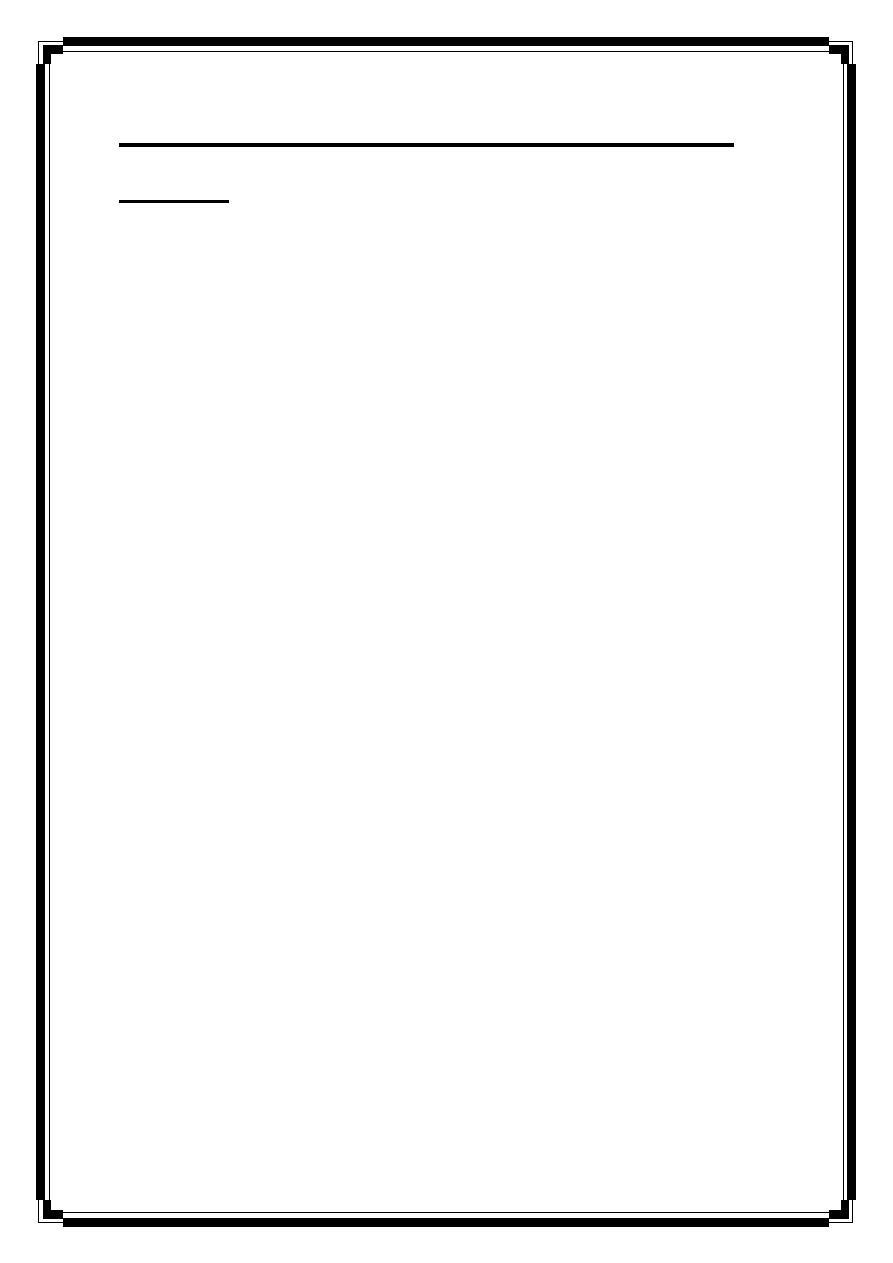
Done by :Haidar Aoofey
7
3-The significance of good relationship with
patient:
a) The key is not the amount of time spent with patient ,but
what done during that time
b) Lack of rapport is the chief reason that terminally ill
patient reject medical advice or why changes
c) Failure of patient to cooperate, or keep appointment,
should be seen as result of physician insensitivity or
seeming indifference
d) New study mention significance increase in sudden death
or coronary care unit during or immediately following
ward- round ,so although of Dr may impose anxiety on
pa
e) The post-surgical pain affect outcome by:
Patient gives more information during pre-discharge
stage
They also requested 50% less morphine
f) A good rapport :
foster adherence to Rx
Relate to malpractice
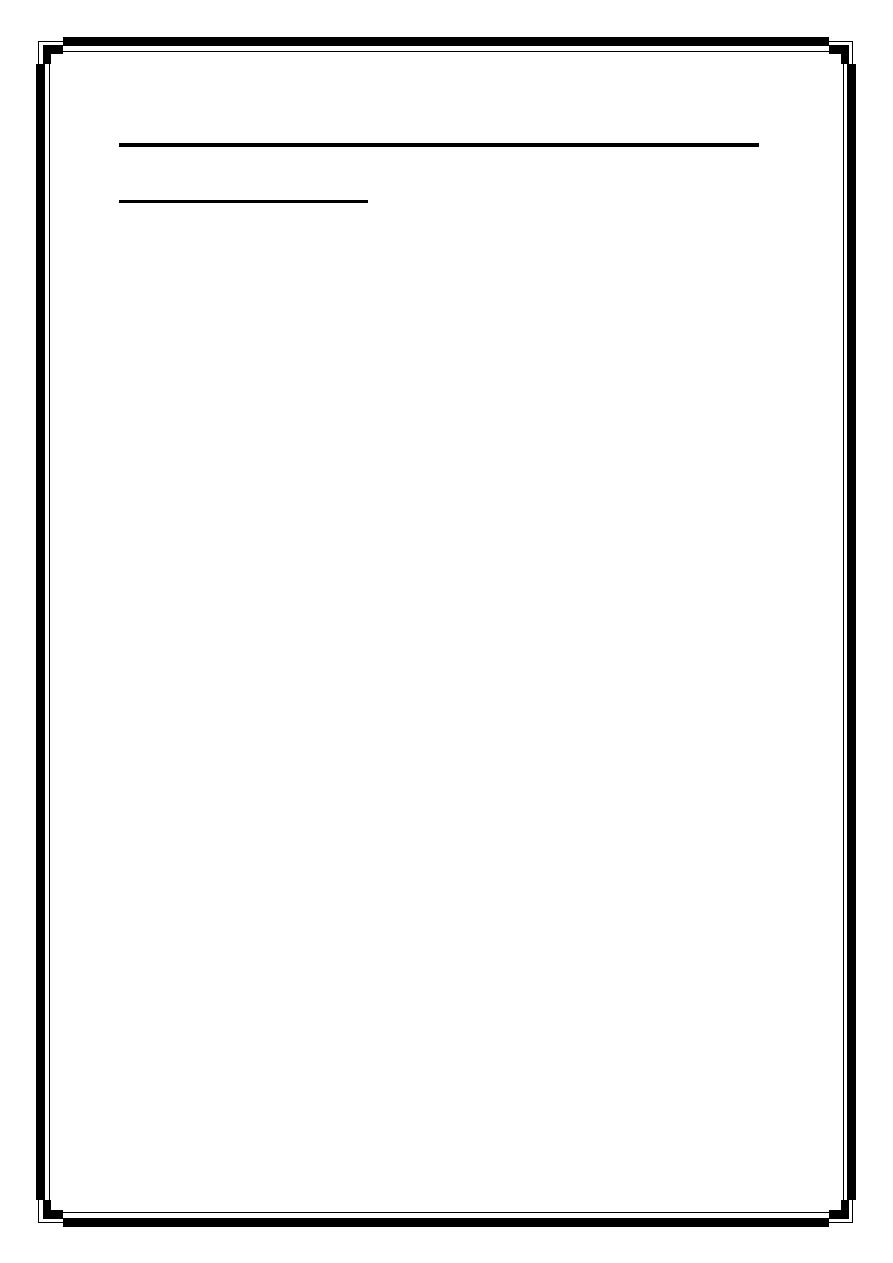
Done by :Haidar Aoofey
8
4-Fostering patient adherence with treatment
recommendation:
a) Physician must prevent optimized information for
adherence
b) Less amount of information –make patient exchange on
&vice versa
c) For best adherence :
i. Attend to the amount of information
ii. Explain its complexity
iii. Note patient affective state
iv. Explain why this specific treatment is selected
v. Stress the threat to the health non adherence
vi. Give instruction both orally &written
vii. Arrange period follow up
viii. Ask patient to do less
d) Research has shown that physician cannot tell which of
their patient do or don’t adhere they assume that more
&their patient don’t blame the patient
e) If the patient not adhere check for these problems
i. Patient dissatisfaction with physician
ii. Miss understanding of instruction
iii. Interference by family
iv. Inability to afford medication
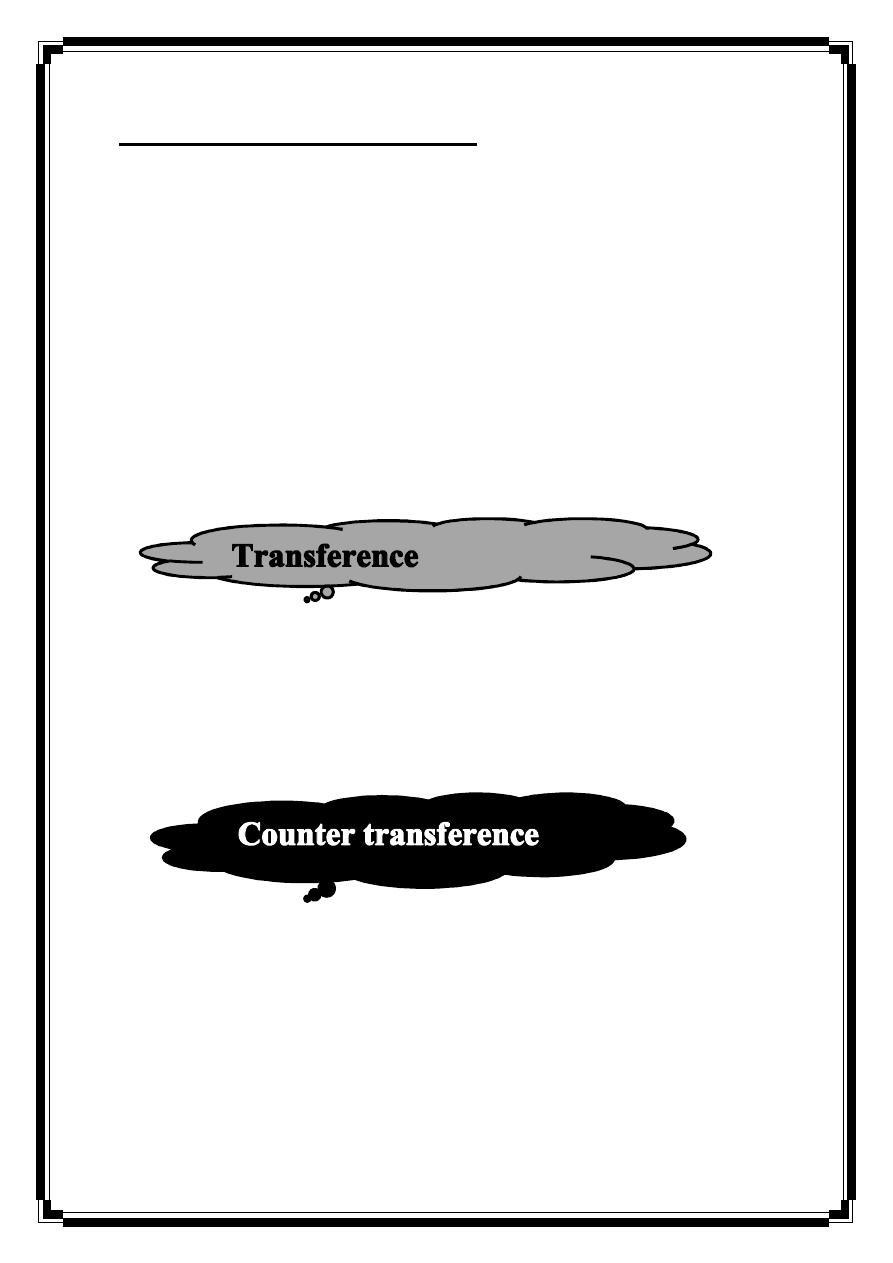
Done by :Haidar Aoofey
9
5-The health belief model
a) Adherence is function of perceived threat
b) Moderate level of fear is the best adherence recall
curvilinear relationship between fear &adherence
c) Perceived threat is function of perceived
seriousness...perceived susceptibility
d) External barriers such as finances ,lack of access can
prevent adherence even if perceived patient is sufficient
Set of expectation ,beliefs, emotional reaction that a patient in
which a patient bring to the doctor-patient relationship…….
Signs of transference are recurrent appointment
The doctor feeling toward the patient ,it is either positive or
negative transference ..
Positive transference involve dreaming, sexual arousal while
negative involve anger toward patient
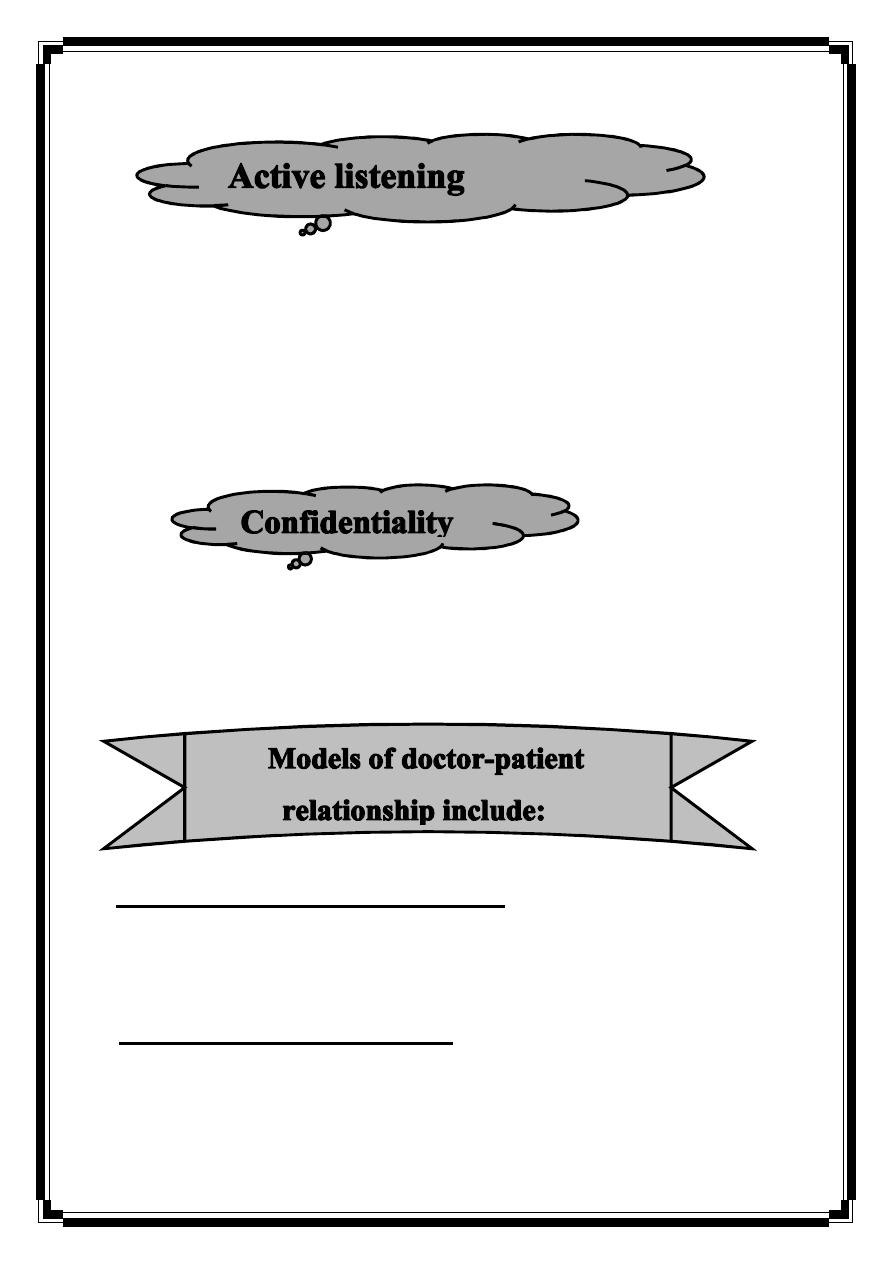
Done by :Haidar Aoofey
10
Is the corner stone of patient doctor communication within
patient –doctor relationship ..involve the ability of the physician
to understand both what the patient &the physician are saying
&undercurrent of unspoken feeling between both
Means that no ,information should be released with out consent
of the patient however the family of the patient
1-Mutual participation model:
Implies equality between physician &patient this type of
relation is needed in patient with renal failure, D.M.
2-Friend relation models :
This is usually dysfunctional if not ethical ,this relation involve
removal of boundaries between professional &intimacy
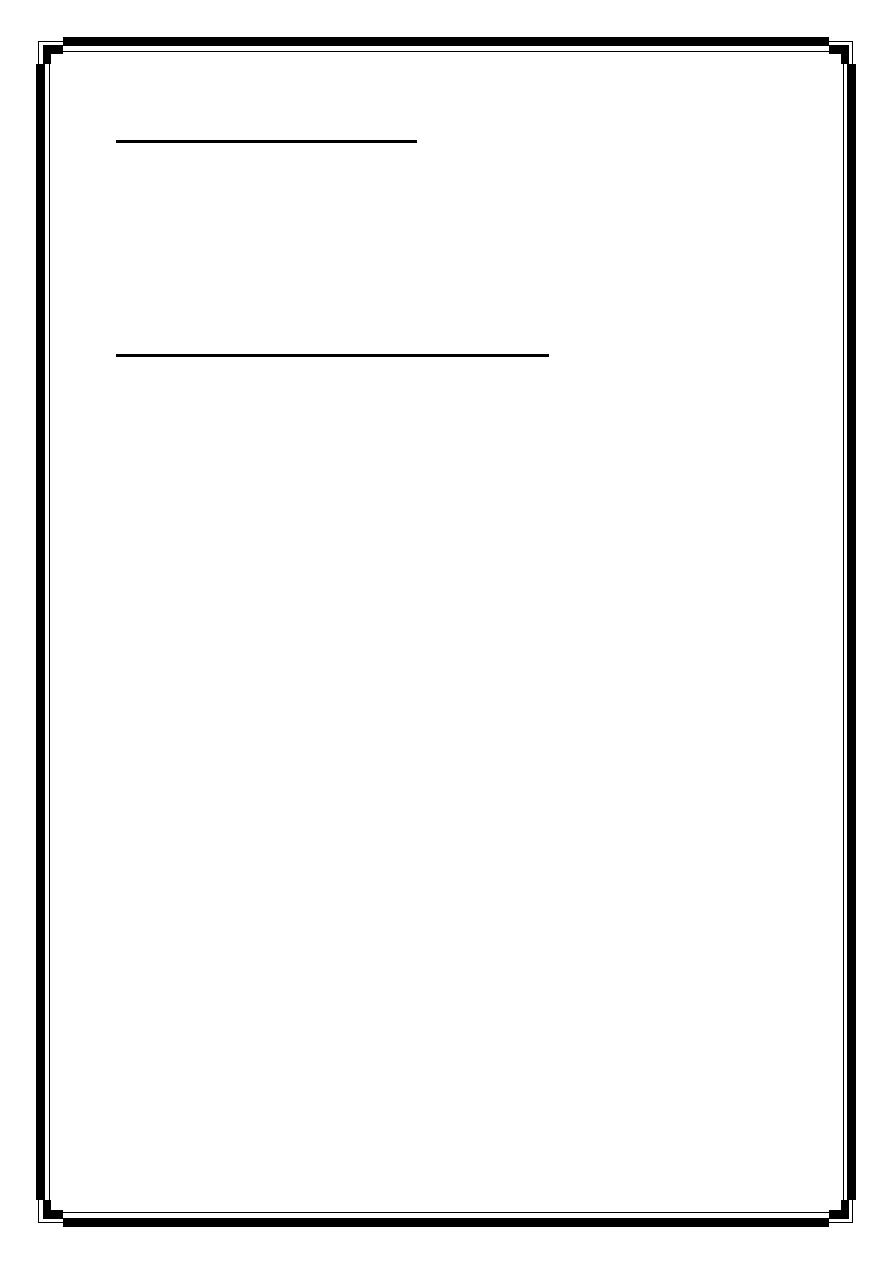
Done by :Haidar Aoofey
11
3-Active passive model:
It implies complete passivity of the patient e.g take no
,responsibility in treatment &result of disease like in
unconscious delirious patient
4-Teacher –student relation ship :
Physician dominancy but father like (in post- surgical)



